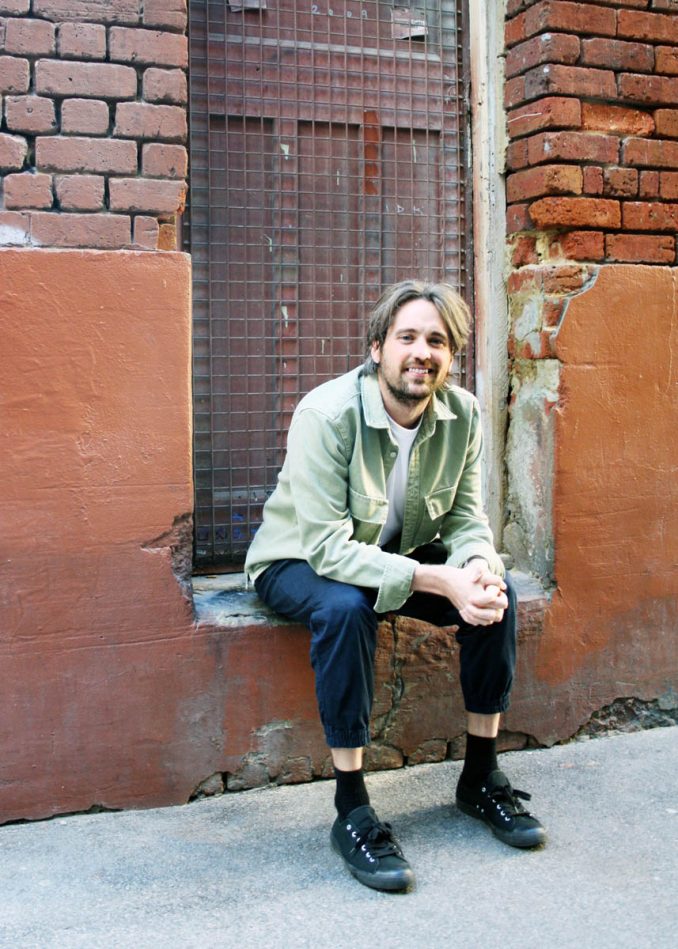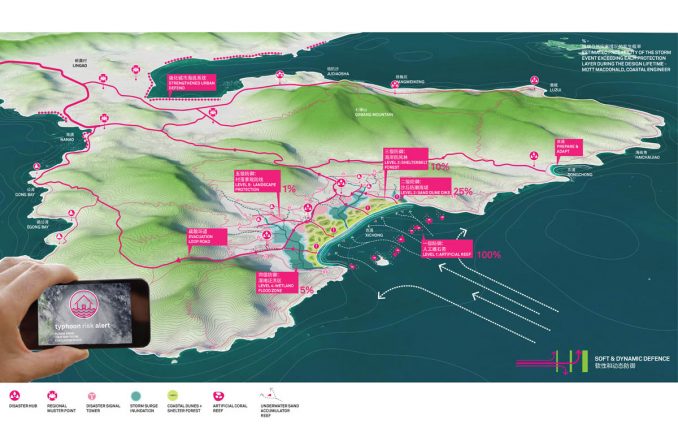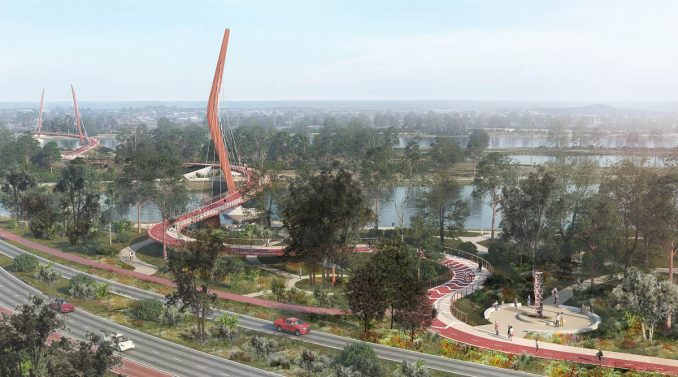
WLA recently had the opportunity to learn more about Liam Mouritz, an Associate at Hassell and his thoughts about landscape architecture and the future.
Liam is a passionate designer interested in working with local communities to create sustainable and vibrant ecosystems and places. He graduated from the Architectural Associations Landscape Urbanism program and has a Bachelor of Landscape Architecture from the University of Western Australia (UWA). Liam has worked as an urban designer and landscape architect on public realm projects, strategic and concept plans, and design competitions on sites throughout Australia, Europe, South America, and Asia. Liam recently co-edited an issue of Landscape Architecture Australia titled “Matters of Time” reflecting on the relationship between time, landscape and design.
WLA – How do you think the landscape architecture profession can grow?
LM – Landscape architects are in high demand in Australia and globally. Our unique and generalist skillset allows us to get involved in a wide variety of projects at a range of scales, whether it be broad masterplans, urban plazas, ecosystem restoration, streetscapes, train stations, or humble gardens.
Beyond the landscape architecture “bread and butter” of all things landscape design, I have found there is a growing interest in expanding our role and looking for new work opportunities. My personal passion is to work on projects that broadly benefit both environments and communities towards holistic sustainability. An example of this kind of work is a project I have been involved in recently at Hassell – the Xichong Beach Recovery Plan. The plan is to help manage the sustainable tourism planning for a typhoon-prone beach community on the outskirts of Shenzhen in China. This opportunity allowed us to work through environmental planning issues, sustainable tourism, and urban resilience and involved collaboration with coastal engineers Mott Macdonald.

Broadly, the demand for landscape architects is already high across many project opportunities. So, the issue is bringing in more people to get involved and help in this work. To do this, we need to demonstrate and vocalise our value to the public and explain what we do to become advocates for landscape architecture. We need to make people aware of how our profession can help address the world’s big issues today. If we can do this, it will help to attract more young people to take up a career in landscape architecture. I like the name “earth-architect” as a more exciting way of describing what we do. Who wouldn’t want to be a landscape architect when you say it like that?
WLA – How can landscape architects and academics improve collaboration?
LM – Our work is underpinned by collaboration in everything we do. We work with First Nations people, with other designers, engineers, planners, ecologists, politicians, economists, and, of course, builders, to name a few. To be good collaborators with many different professions and personalities, we need to have great “people skills” to communicate convincingly and listen deeply.
Fundamentally we are designers – and as a result, the design studio is one of the most important and prominent parts of landscape architecture studies. But at the same time, our ability to collaborate effectively seems just as important to our success beyond our university studies. We need to learn to effectively work together with all the other folks involved in the projects we work on.
Currently, I am involved in a wide variety of master planning projects around Perth in Western Australia. We have explored the use of gameboard models as a way to engage a diverse group of
stakeholders in the design process. The exercise has become a fun way to gather a wide variety of ideas, test them quickly and facilitate ambitious blue-sky thinking.

WLA – What is the future of the landscape architecture profession?
LM – There is a growing interest among the broader Australian public to learn from, showcase, and implement First Nations people’s traditional ecological knowledge and culture. This is a fundamental step to healing (decolonising) our society towards environmental and social sustainability for future generations.
In Aboriginal culture, there is a strong affinity and concern with the broader ecological health of landscapes or using a more appropriate and culturally encompassing term – ‘Country.’ I’ve learned that to ‘Care for Country’ is to care for our collective selves in a mental, spiritual, environmental, and economic sense. First Nations culture often finds a clear, obvious, and relevant expression within landscape design.
In my own journey of working together with Traditional Owners I feel like I have a long way to go. One project I have been working on in relation to this topic is the new pedestrian and cyclist bridge across Heirisson Island in Perth. A primary ambition of the project is to celebrate Aboriginal culture to create a new iconic landmark and gateway for Perth. This is embodied in the stories that inspire the bridges’ architectural form and landscape design which has come out of consultation with the Matagarup Elders group.
Landscape architects must engage in a meaningful engagement process with First Nations’ people to arrive at a culturally authentic and welcoming landscape for all people. What’s apparent is that when the process is done well, it will extend beyond consultation to a deep collaboration, co-design, or, ideally, even an Aboriginal-led process. Whether it be for designing and managing landscapes, communities, cities, or regions to engage slowly, listening and learning through the process is perhaps even more important than what the final outcome looks like.
Thanks to Liam for taking time to provide some insights on landscape architecture.
